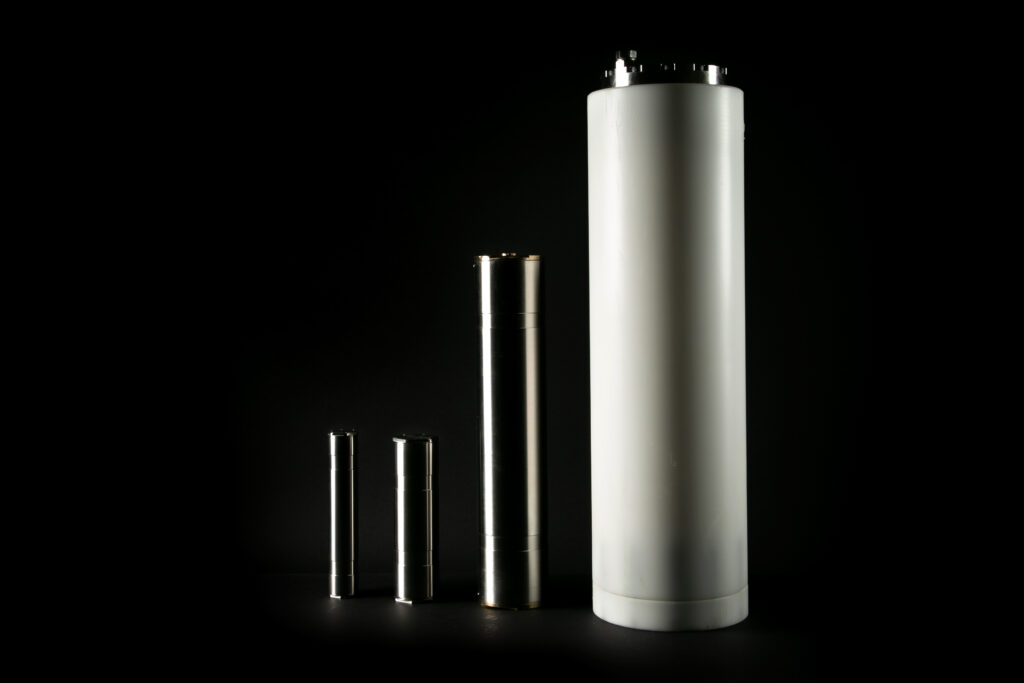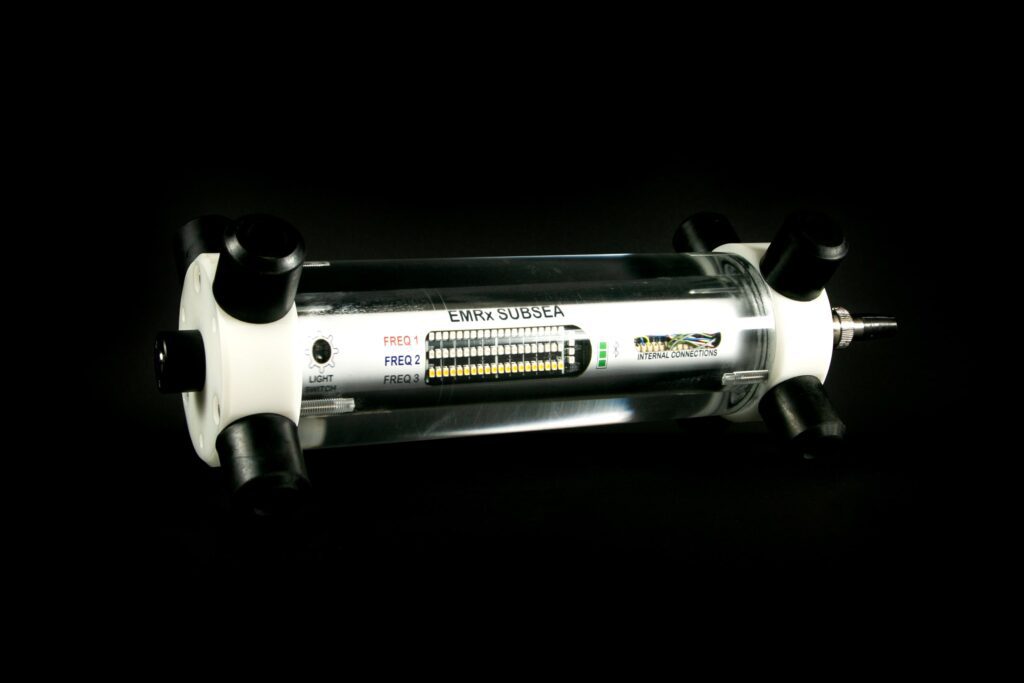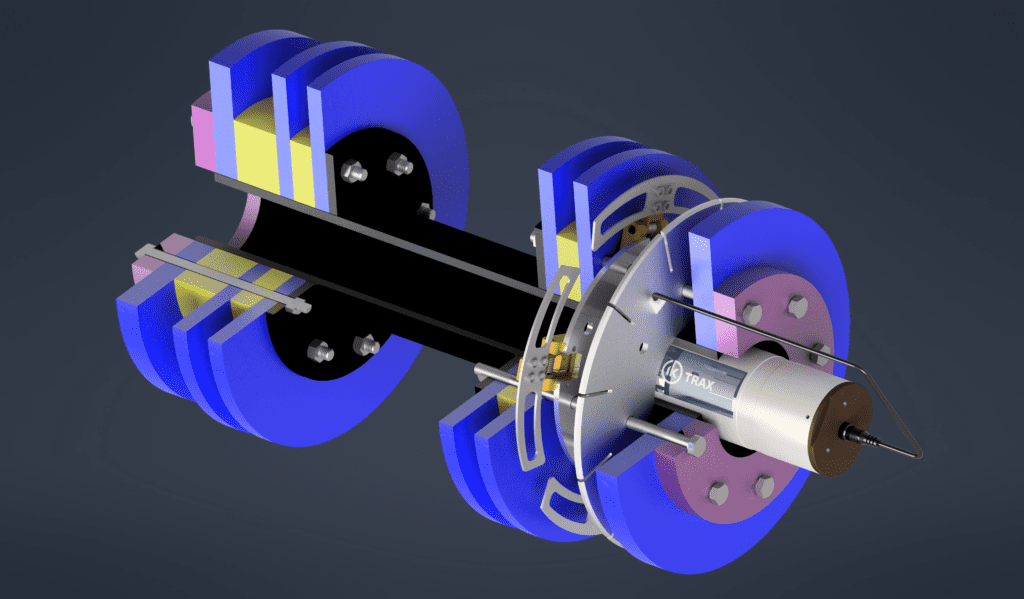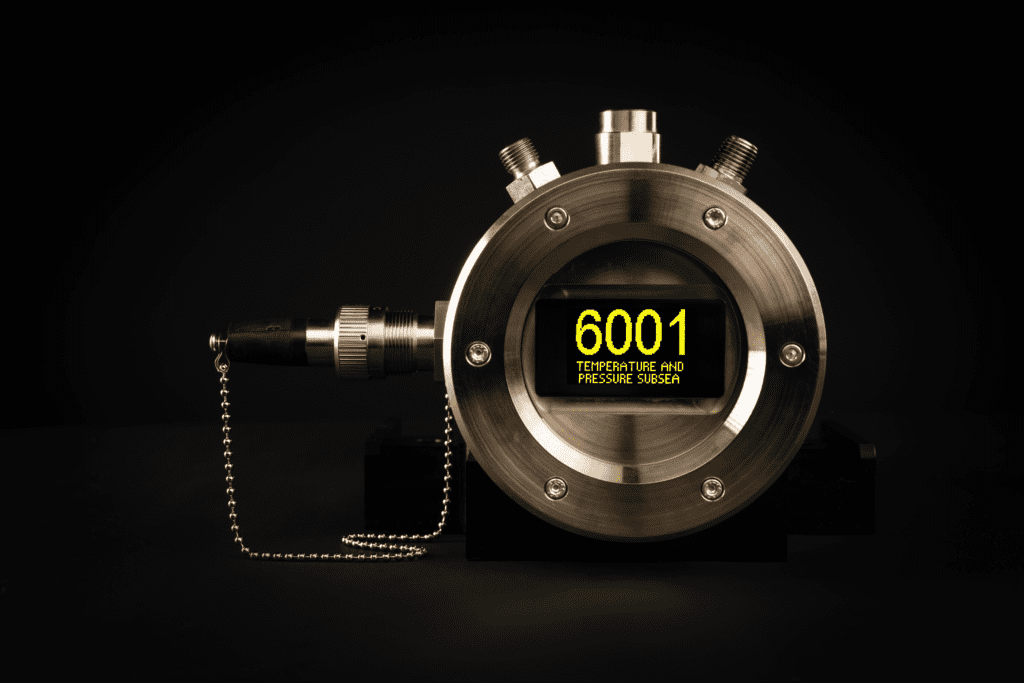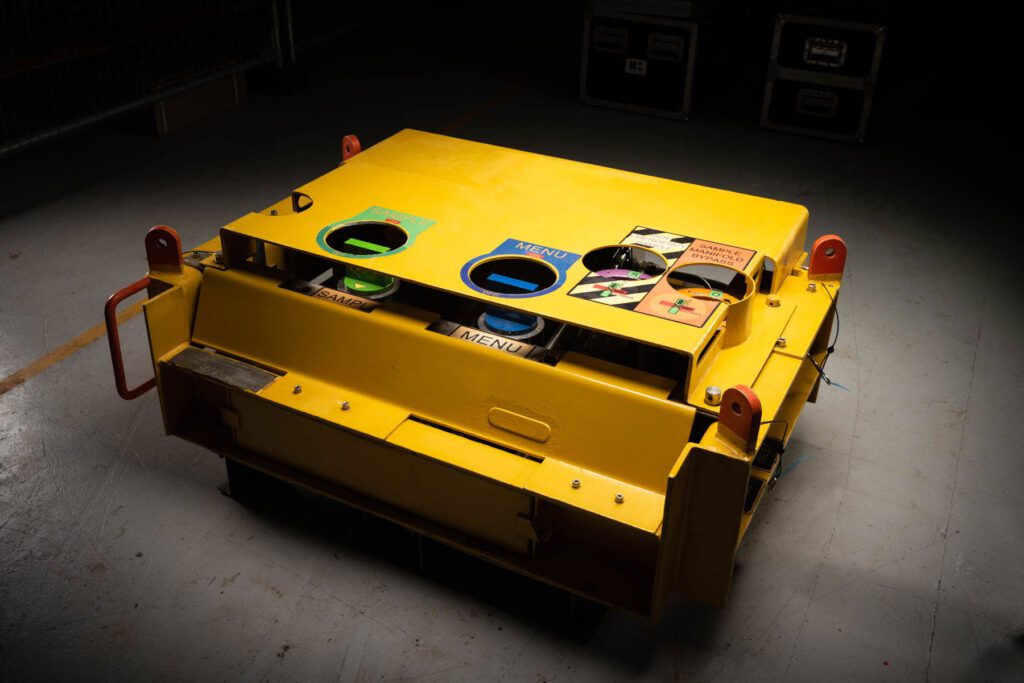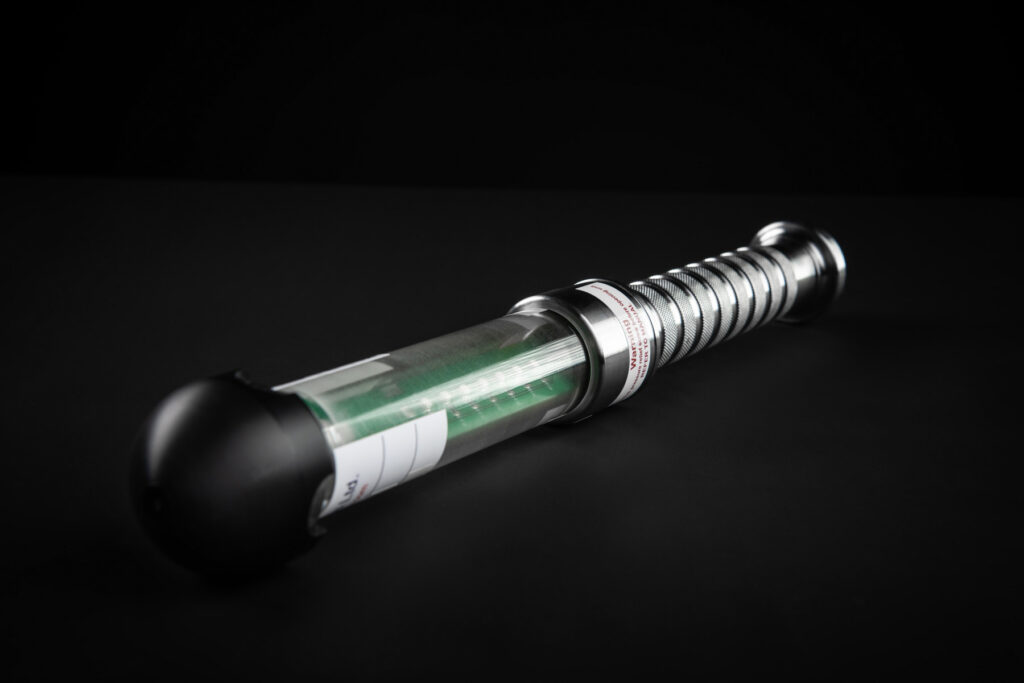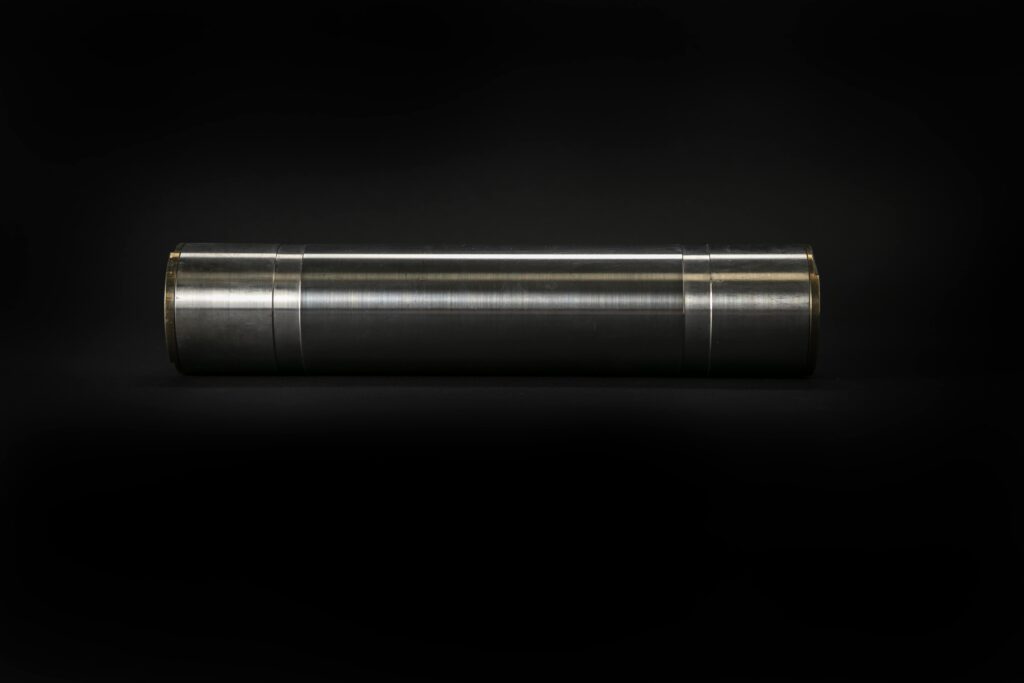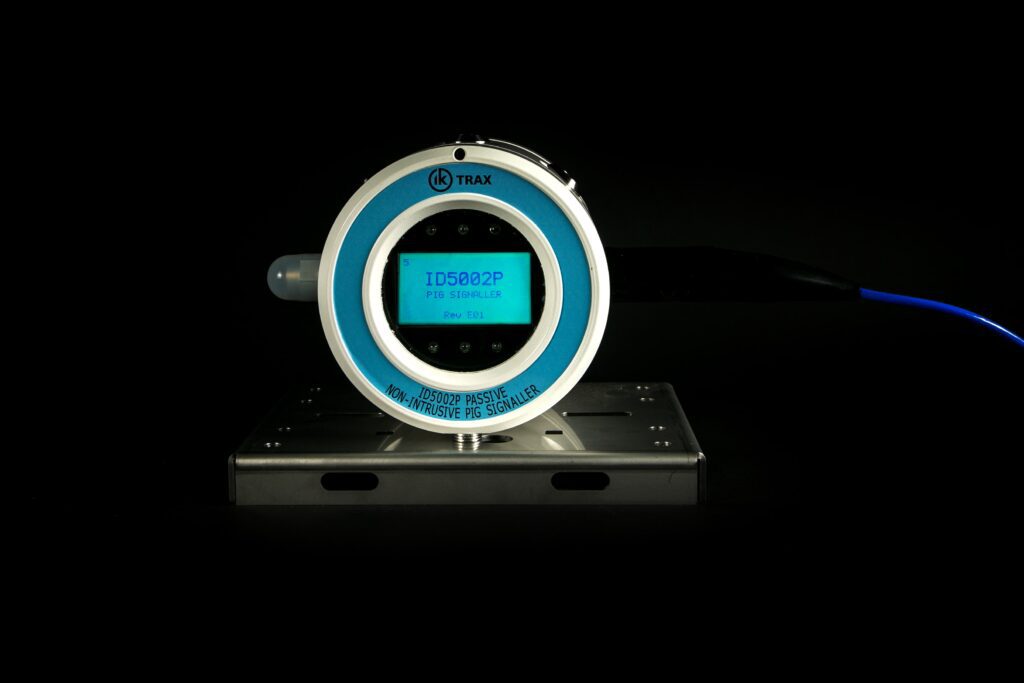In pipeline operations, choosing the correct pig signaller is important as they play a pivotal role in ensuring efficient and reliable pigging processes. Various models are available, each utilising different technologies to detect the passage of pigs through a pipeline. There are three main types – magnetic, ultrasonic, and acoustic – and each have their strengths and limitations.
While datasheets may provide a clear specification for each project, real-world application often requires a more flexible approach. Too much focus on standardisation and adhering to a technical specification can lead to the least suitable technology being selected. To maximise results, it is important to understand not just the pig signaller’s technical capabilities but also the project conditions and the types of pigs being used.
Magnetic Pig Signallers: Precision in Metal-Bodied Pig Detection
For pipelines utilising metal-bodied pigs, magnetic pig signallers can provide a direct and reliable solution. As we know, all pigs can be fitted with magnets either during the initial pig build stage or retrospectively, makin this option very popular. In this scenario, the signaller detects the change in magnetic field as the pig passes through the pipeline. This technology offers advantages including:
- Reduced False Positives – The direct response to the pig’s magnetic field minimises the risk of detecting background noise.
- Reliable Detection – The simplicity of the magnetic mechanism ensures fewer missed pig passage events ensuring a balance of accuracy and dependability
While not a universal solution for all pipeline types, magnetic pig signallers, magnetic pig signallers are an effective (and often economical) option.

Ultrasonic Pig Signallers: Versatility in Liquid Systems
These detect all pig types in liquid systems by sending a pulse through the pipeline and creating a reflection. When this path is disturbed, a pig passage has signalled.
In liquid systems where a variety of pig types might be employed, ultrasonic pig signallers offer a versatile and highly effective solution. They provide a direct response to the pig’s presence, regardless of the material or shape of the pig. This makes it a great option for systems that see frequent pigging operations with different pig designs and pig types. Additionally, the strategic use of ultrasonic signallers at key points on the pipeline – such as pig launch or receipt points – can help detect stalled pigs. This versatility makes ultrasonic signallers a practical choice for multi-pig operations, pipelines requiring more advanced monitoring and where the pipeline is liquid-filled.

Acoustic Pig Signallers: The Obvious Choice?
Acoustic pig signallers can pick up on the unique sound profile of a pig moving through the system and do not rely on additional equipment or accessories such as electromagnetic transmitters or magnets. Therefore, if the criteria mentioned above cannot be met i.e. the pig is not carrying magnets and is not pigging a liquid pipeline, the acoustic pig signaller is a suitable option. This is particularly true if the pig generates a distinct and detectable level of noise such as a solid cast polyurethane or bi-directional pig.
Although acoustic pig signallers seem like an obvious choice due to their versatility, there are limitations to consider. In a noisy pipeline, background sounds may interfere with detection. False positives – caused by mechanical factors such as valve operation – are possible if the signallers are not calibrated correctly. However, operators can fine-tune the device, setting it up to ignore irrelevant signals and ensuring more accurate pig detection.

Standardisation vs. Tailored Solutions
In an industry that frequently operates on an Engineering, Procurement, and Construction (EPC) model for Capital Expenditure (CAPEX) developments, standardisation is often a requirement. The logic behind this is to simplify procurement and operational processes, and in many cases, the acoustic pig signaller might appear to be the obvious choice because of its wide detection range.
However, when looked at from a real-world perspective, this isn’t necessarily the case. For example, while an acoustic pig signaller may work well in quiet environments, its effectiveness can be compromised in “noisy” conditions—whether that noise comes from natural sources or mechanical processes such as the pig receiver’s operation. In these situations, relying solely on the acoustic signaller may not be the best solution. A more tailored approach, factoring in environmental conditions, pig type, and pipeline characteristics, can yield far better results.
By moving beyond rigid standardisation and considering real-world factors you can ensure the most effective, reliable, and efficient pigging process. Whether it’s a magnetic, ultrasonic, or acoustic signaller, the key to success lies in thoughtful application and adaptability.
Want to learn more? Contact us today to discover which pig signaller technology is the right fit for your project. Together, we can tailor a solution that meets your specific needs and maximises operational performance.
